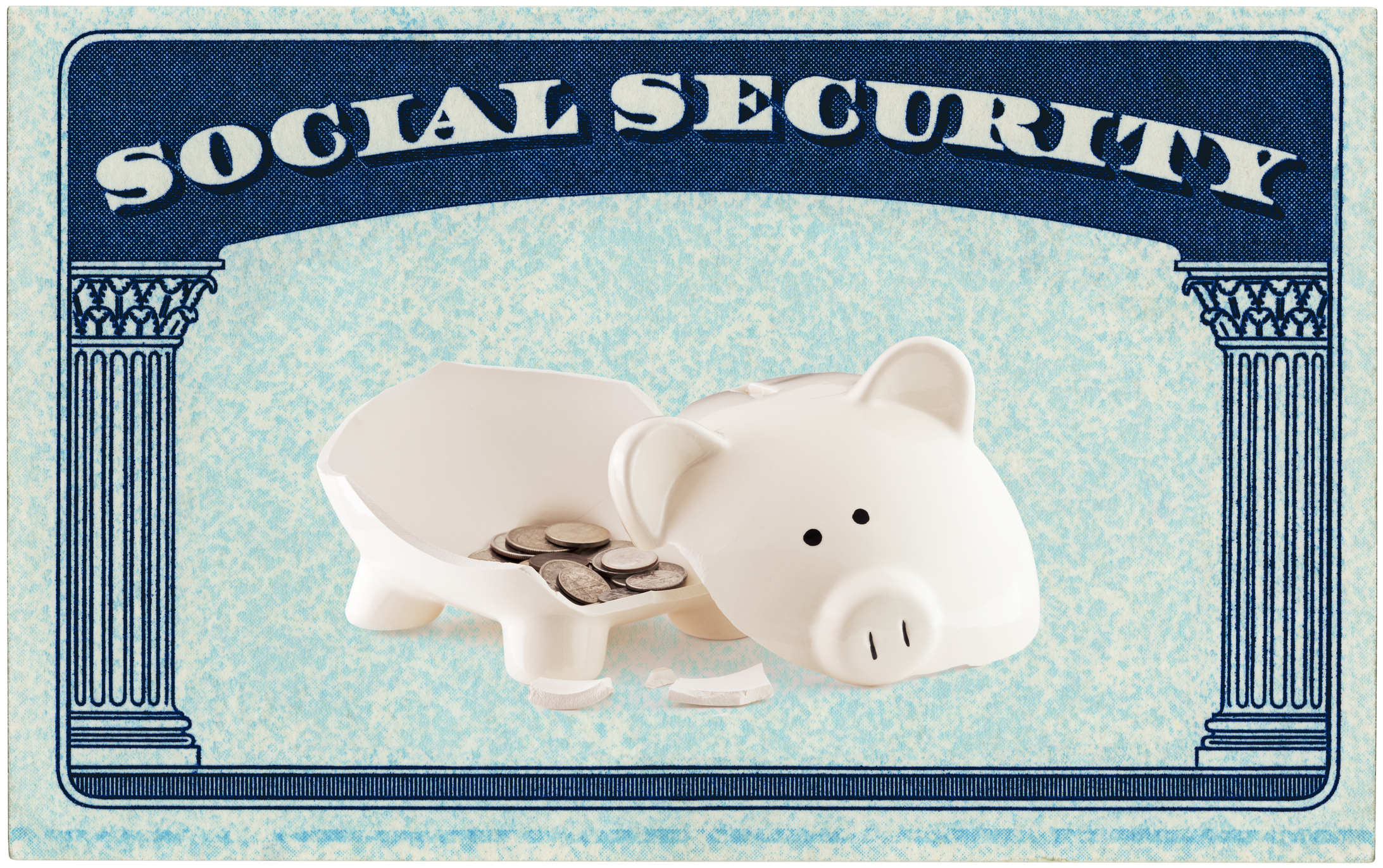How many times have we heard a TV pitchman holler, "We deal in volume and pass the savings along to you!" Now imagine the same guy saying, "We deal in volume and pass the savings along to ... us!" That may be the secret snicker of your mutual fund company.
The question is, what are you going to do about it?
As the fund industry has swelled in the past dozen years $770 billion in assets to more than $4.5 trillion, creating huge economies of scale, average expenses charged to stock-fund investors have actually risen, from 1.28% to 1.55%. The same trend applies to bond funds, whose average expense ratio is 1.08%, versus 0.89% twelve years ago.
From just $107.88 $24.99 for Kiplinger Personal Finance
Become a smarter, better informed investor. Subscribe from just $107.88 $24.99, plus get up to 4 Special Issues

Sign up for Kiplinger’s Free Newsletters
Profit and prosper with the best of expert advice on investing, taxes, retirement, personal finance and more - straight to your e-mail.
Profit and prosper with the best of expert advice - straight to your e-mail.
Scudder Development, an aggressive-growth fund with below-average returns, generates more than $12.5 million in fees each year from its 1.52% expense ratio. The gigantic Kaufmann fund grossed $67.9 million in 1999 by paying itself 1.94% of its $3.5 billion in assets.
Higher expenses hurt fund returns
By definition, expenses nip a percentage of your mutual fund assets each year. The higher the expense ratio, the harder it is to beat market indexes or category averages.
You're probably saying, I know that, I know that.
But the extent to which returns dwindle because of higher expenses may surprise you because the expenses are deducted before the fund reports results to shareholders.
We divided the 1,100-plus long-term-growth funds into two groups: those with expense ratios above the average for the category and those with ratios below the norm. On average, those with lower expense ratios returned two percentage points a year more than funds with above-average expenses the past five years.
So if you dropped $10,000 into a higher-expense long-term-growth fund five years ago, you'd have about $1,500 less today than if you'd invested in a lower-expense fund. And if you were saving for a long-term goal--say, retirement 25 years away--you'd have 50% more at the end of that time with the lower-expense fund. (This assumes a 10% return for the high-expense fund, versus a 12% return for the low-expense fund.)
The results are the same in virtually every other fund category--the low-expense funds return more, on average, than the high-expense funds. The exception is high-quality corporate-bond funds. In that category, the high-expense funds do better.
Profit and prosper with the best of Kiplinger's advice on investing, taxes, retirement, personal finance and much more. Delivered daily. Enter your email in the box and click Sign Me Up.
-
 States That Tax Social Security Benefits in 2026
States That Tax Social Security Benefits in 2026Retirement Tax Not all retirees who live in states that tax Social Security benefits have to pay state income taxes. Will your benefits be taxed?
-
 QUIZ: What Type Of Retirement Spender Are You?
QUIZ: What Type Of Retirement Spender Are You?Quiz What is your retirement spending style? Find out with this quick quiz.
-
 How to Avoid the Financial Quicksand of Early Retirement Losses
How to Avoid the Financial Quicksand of Early Retirement LossesSequence of returns — experiencing losses early on — can quickly deplete your savings, highlighting the need for strategies that prioritize income stability.
-
 Special Report: The Future of American Politics
Special Report: The Future of American PoliticsThe Kiplinger Letter The Political Trends and Challenges that Will Define the Next Decade
-
 What to Expect from the Global Economy in 2026
What to Expect from the Global Economy in 2026The Kiplinger Letter Economic growth across the globe will be highly uneven, with some major economies accelerating while others hit the brakes.
-
 Shoppers Hit the Brakes on EV Purchases After Tax Credits Expire
Shoppers Hit the Brakes on EV Purchases After Tax Credits ExpireThe Letter Electric cars are here to stay, but they'll have to compete harder to get shoppers interested without the federal tax credit.
-
 The Economy on a Knife's Edge
The Economy on a Knife's EdgeThe Letter GDP is growing, but employers have all but stopped hiring as they watch how the trade war plays out.
-
 Banks Are Sounding the Alarm About Stablecoins
Banks Are Sounding the Alarm About StablecoinsThe Kiplinger Letter The banking industry says stablecoins could have a negative impact on lending.
-
 Japan Enters a New Era of Risk and Reform
Japan Enters a New Era of Risk and ReformThe Kiplinger Letter Japan has entered a pivotal moment in its economic history, undertaking ambitious policy and structural reforms to escape from decades of stagnation.
-
 After Years of Stagnant Growth, Hope Emerges for EU Economy
After Years of Stagnant Growth, Hope Emerges for EU EconomyThe Kiplinger Letter Can a German fiscal push outweigh French political peril?
-
 Trump's Economic Intervention
Trump's Economic InterventionThe Kiplinger Letter What to Make of Washington's Increasingly Hands-On Approach to Big Business